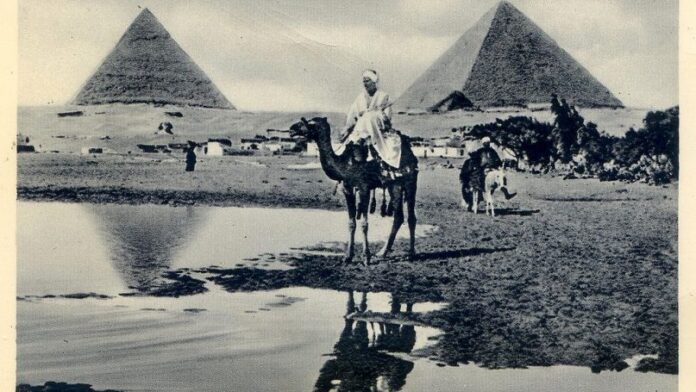The other literature is the representation of the non-western and non-white populations.
The other is commonly depicted as grotesque, ghastly, repelling, barbarous, and violent. The opposite of the west is the other.On a more basic level, the representation of the other can be understood as a contrast between the civilised and the non-civilized; the colonised and the colonizer; the east and the west.
The subaltern or other has been an important aspect in the studies of Marxism, culture, Orientalism, post-colonialism, history, sociology, and politics. Many eminent critics analyse the subaltern narrative with different approaches and perspectives. Edward Said, Mahmoud Darwish, Agha Shahid Ali, and Gayatri Spivak are a few of the eminent scholars who have worked on the subaltern voice.
Edward Said’s most exemplary contribution to literature was presenting a contrast between the east and the west in his 1978 book Orientalism. In this work, he unleashes the hegemony of western imperialism. Westerners shape the depiction of the Orients and create levels of social hierarchy, portraying the Orients as barbaric.Said says, “The Orient was rarely seen or looked at; they were seen through and analysed not as citizens or even people, but as problems to be solved or confined.” The Occident represents the Orient as hypocritical, manipulative, religious, etc., all of which are typical stereotypes. The east, according to the Occident, needs help from the west.
Gayatri Spivak, in her seminal work Can the Subaltern Speak? rebels against the ideas of imperialism and globalization. Spivak emphasises the fact that representation of the Orient is a speech act. And, often, the subaltern attempts to represent himself through literature, but it goes unnoticed because the colonizer’s ideas alienate the colonized’s very existence.Spivak also rebels against the idea of nationalism.
“Nationalism can only ever be a crucial political agenda against oppression.” Contrary to popular belief, it cannot provide a guarantee of identity.”
Mahmoud Darwish, the national poet of Palestine, is the epitome of resistance literature. His poetry manifests that the subaltern can speak for themselves. Darwish’s poetry speaks for identity, resistance, and freedom. Darwish resists the annihilation of Palestine and laments the loss of his land, identity, and culture. His works are influenced by the classics, but Darwish believed himself to be more of a representation of the oppressed and voiceless than a Homeric “There is no place for the Homeric poet, but there is a place for the poet of Troy… “I try to be the poet of Troy.”
Said and Darwish could be termed contemporary writers of prose and poetry, respectively. Their works are influential and rebellious. Said and Darwish created a whole new perspective for viewing the western dominance of the east. Both of them have resisted the westernisation of history.
Said’s description of stereotypical postcolonial representations is found in almost all works considered classics by the West.
I come from there. I render the sky unto her mother
When the sky weeps for her mother.
And I weep to make myself known
To a returning cloud.
I learnt all the words worthy of the court of blood
So that I could break the rule.
I learnt all the words and broke them up
To make a single word: Homeland…
~Mahmoud Darwish




